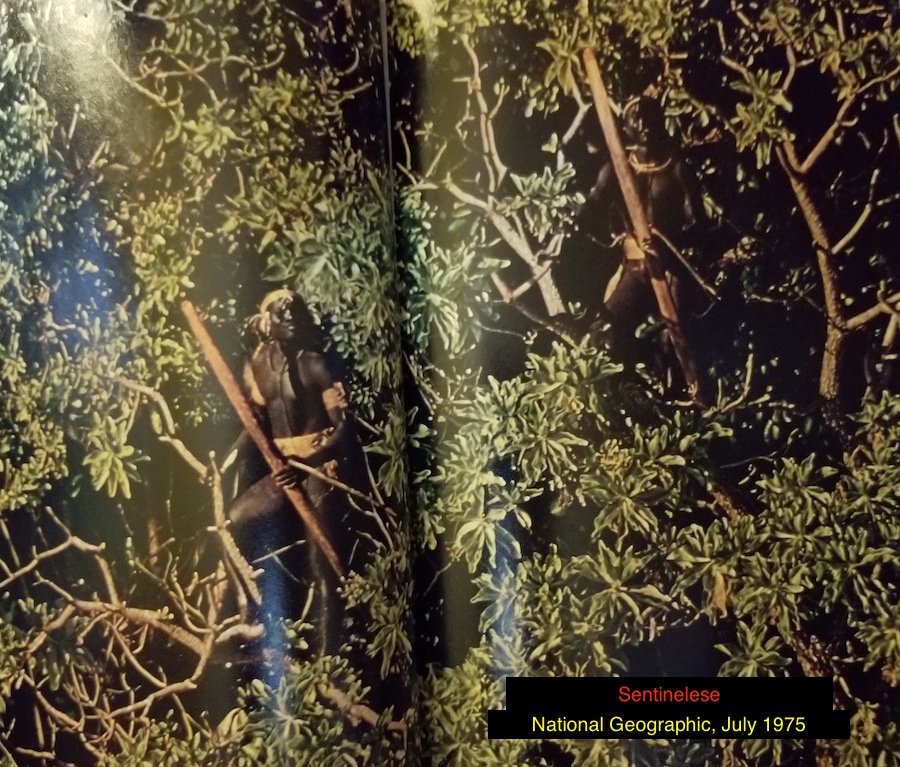So, why? Yes, little exposure to western diseases plays a large role, but also the nature of those diseases. /9
This may be due to the more centralised nature of Aztec and Inca communities - towns and cities. /14
We all know that.
Where ever we go, we take passengers with us - and to those who are isolated, have different social structures, these can prove deadly. /17
































